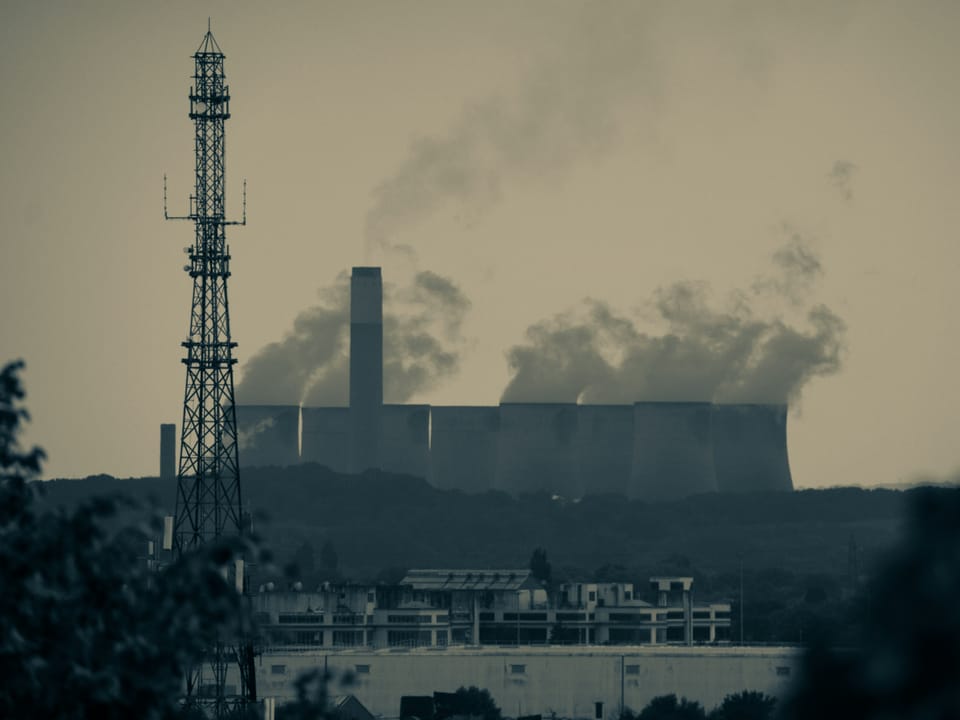Global carbon capture capacity expected to quadruple by 2030

Carbon capture and storage (CCS) capacity is expected to quadruple in the next five years, supporting a projected 40% drop in the technology’s average cost by 2050.
This is according to a new report by risk management firm DNV, which predicts that cumulative investments in CCS will reach around US$80 billion by the end of the decade despite recent political turmoil – such as the cancellation of US$3.7 billion of grants to carbon capture projects by the Trump administration.
Ditlev Engel, CEO, Energy Systems at DNV, said: “DNV’s first Energy Transition Outlook: CCS to 2050 report clearly shows that we are at a turning point in the development of this crucial technology.
“But for all this advancement, the trajectory of CCS deployment remains a long way off where it must be to deliver net zero by 2050. Economic headwinds in recent years have put pressure on this capital-intensive technology and corrective action will need to be taken by government and industry if we are to close the gap between ambition and reality.”
Risks to CCS deployment
Carbon capture and storage is seen as a necessary technology to capture emissions from the burning of fossil fuels, helping hard-to-abate industries achieve net zero – but its development has not been without obstacles, both economic and political.
Up to now, growth has been limited to pilot projects, but DNV notes a sharp increase in capacity in the project pipeline led by a scale-up in North America and Europe, indicating “a turning point”.
The report forecasts that, at the current development rate, CCS technologies will capture 6% of global CO2 emissions in 2050 – which is six times lower than what is needed according to DNV’s net-zero pathway.
Hard-to-abate sectors such as steel and cement are expected to become the main driver of CCS demand in the coming years, replacing natural gas and accounting for 41% of annual CO2 captured by 2050.
Maritime onboard capture is also expected to increase from the 2040s, as a way to decarbonise shipping.
Cost of carbon capture
At present, it can cost anywhere from US$30 to US$300 to capture and store one tonne of CO2, depending on the concentration and technology used.
But as the technologies mature and scale, DNV expects these costs to drop by an average of 40% by 2050. Direct air capture, which currently costs around US$1,000 per tonne, will drop sharply but remain high at around USD$350/tCO2 through to 2050.
Jamie Burrows, Global Segment Lead CCUS, Energy Systems at DNV, added: “CCS is entering a pivotal decade and the scale of ambition and investment must increase dramatically. It remains essential for hard-to-decarbonise sectors like cement, steel, chemicals, and maritime transport. But as DNV’s report shows, delays in reducing carbon dioxide emissions will place an even greater burden on carbon dioxide removal technologies. To stay within climate targets, we must accelerate the deployment of all carbon management solutions – from industrial capture to nature-based removal – starting today."







Member discussion